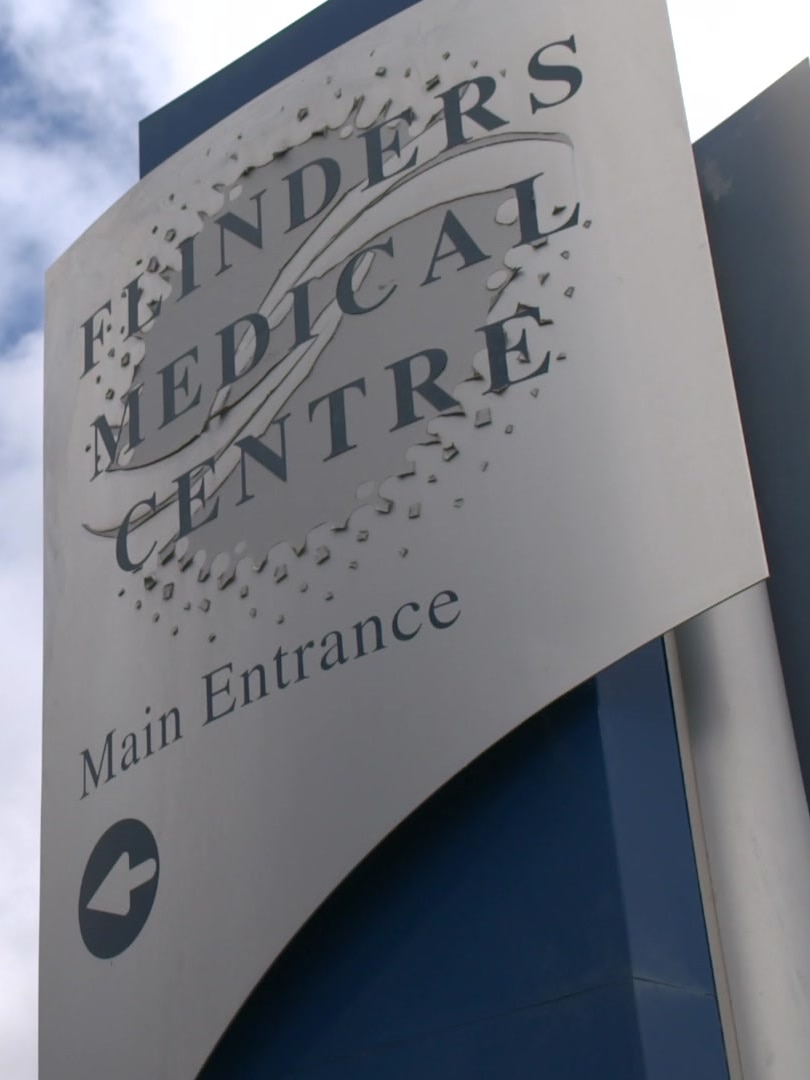One of South Australia’s major public hospitals has been constantly operating under an internal emergency code for nearly two weeks, including reports of patients being treated in corridors.
The South Australian Salaried Medical Officers Association (SASMOA) said Flinders Medical Centre, in Adelaide’s southern suburbs, had been operating at “code yellow” due to a surge in patient demand.
A code yellow means a hospital has declared an internal emergency and every ward is overcapacity or under stress.
SASMOA’s chief officer Bernadette Mulholland said staff were scrambling to manage the critical situation and some patients had been made to use beds in the emergency room corridors.
The hospital has since stopped treating patients in corridors after the union voiced concerns.
“It was raised with the Flinders Medical Centre. They have agreed that the practice will not continue and it’s difficult to have line of sight over those particular patients,” she said.
“We are in a critical situation when a hospital calls a code yellow.”
While Ms Mulholland said hospitals were often busy at the start of the week, operating at code yellow should not be “normalised”.
“We have been working with the association to identify solutions that are clinically appropriate,” Ms Mulholland said.
“I cannot stress the importance of what is happening cannot be normalised.
“It is now so frequent that we really need to stop, the government needs to stop, the administration needs to stop and think about how we can increase capacity, particularly as we move into the winter months.”
Southern Adelaide Local Health Network chief executive Kerrie Freeman said in a statement that she “could not be more proud of our [hospital] staff”, despite the critical situation.
“A proactive approach is being taken to manage patient flow at Flinders Medical Centre and [ensure] that it continues to provide safe, quality care when demand is high,’ she said.
“Our 20 fast-track beds at Flinders Medical Centre are almost complete which will make an immediate impact, with another 10 beds set to open as part of the Margaret Tobin Centre, and 32 beds at the Repat by the end of the year.”
Australian Nursing and Midwifery Federation SA branch chief executive Elizabeth Dabars said there were several measures that could be used to alleviate the overcrowding pressure.
“Nurse-led discharge, making sure that there are the huddles that occur on a daily basis,” Ms Dabars said.
“We also need further review into people who are awaiting for NDIS placement, people who are currently unable to go back to aged care facilities.
“[And] the full employment of all graduating nurses and midwives and their continued employment.”
Posted




